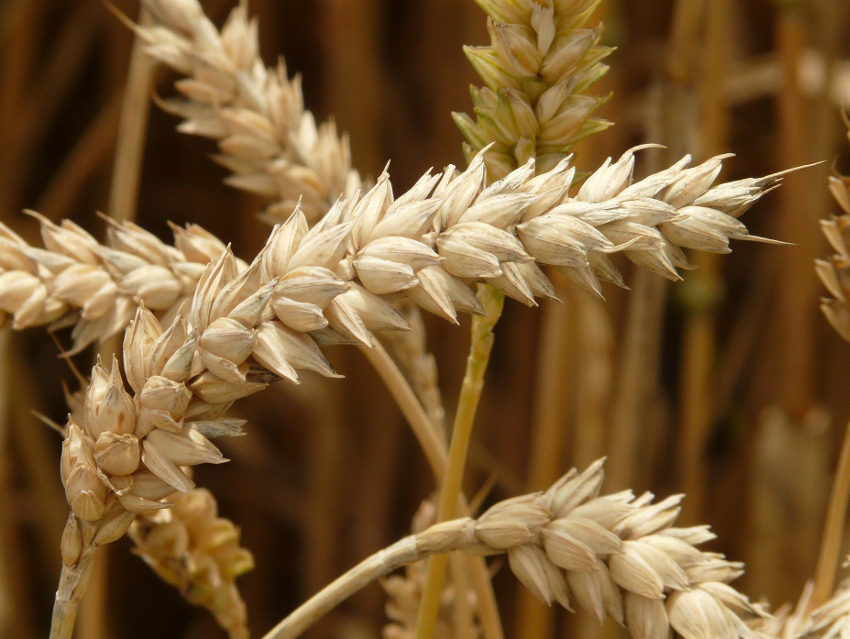Wheat is one of the most important cereals used in food production. Some proteins in wheat can trigger health issues such as celiac disease, wheat allergies, or gluten or wheat sensitivity. These issues have become more common over the last decades. It has been suggested that this is caused by a higher content of immunoreactive protein in modern wheat varieties than in the past. Most of the protein content of wheat is composed of gluten, a mixture of different protein molecules. These can be roughly divided into two subgroups, gliadins and glutenins. Gliadins, in particular, are suspected of causing undesired immune reactions.
Katharina Anne Scherf, Technical University of Munich, Freising, Germany, and Karlsruhe Institute of Technology (KIT), Germany, and colleagues have investigated the differences in protein composition in old and new wheat varieties. The team investigated the protein content of 60 German winter wheat varieties from the period between 1891 and 2010, using five leading wheat varieties from each decade. They cultivated the different varieties in the years 2015, 2016, and 2017 under the same geographical and climatic conditions to test how the environmental conditions in a particular year affect the results.
The team found that overall, modern wheat varieties contain slightly less protein than old ones. The gluten content of the varieties has remained roughly constant over the decades. However, the composition of the gluten has changed: The proportions of gliadins decreased significantly over time, while the glutenin content increased significantly. Given the fact that certain gliadins are often considered to be the most immunogenic gluten protein type, these changes suggest no association between changes in protein composition due to wheat breeding and the rise of wheat-related health issues.
The researchers also observed that higher precipitation in the year of the harvest was accompanied by a higher protein content in the samples. Overall, the harvest year, i.e., the environmental conditions, had a more significant effect on protein composition than the wheat variety. The team cautions, however, that the results of this work should not be generalized due to the limitation to German winter wheat cultivars grown at one location in Germany.
- Wheat (Triticum aestivum L.) Breeding from 1891 to 2010 Contributed to Increasing Yield and Glutenin Contents but Decreasing Protein and Gliadin Contents,
Darina Pronin, Andreas Börner, Hans Weber, Katharina Anne Scherf,
J. Agric. Food Chem. 2020.
https://doi.org/10.1021/acs.jafc.0c02815




Do they have original seeds to revert back to healthier grain .